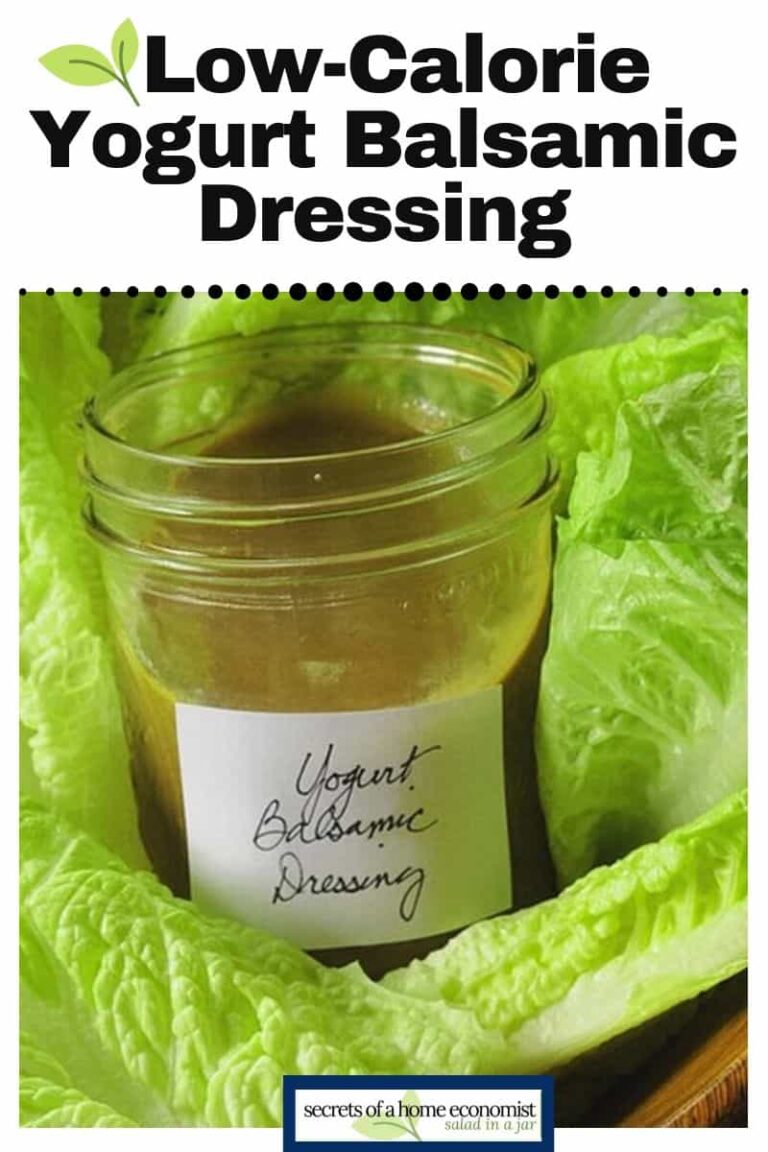
Easy Low Calorie Salad Dressing Recipe Ideas
Low calorie salad dressing recipe offers a lighter take on enhancing your greens, providing flavor without excess calories. Its quick, customizable, and health-conscious.
Equipment
- Preparation of this low calorie salad dressing recipe requires minimal equipment, making it accessible to home cooks of all levels.
- Small Mixing Bowl: Used for combining and whisking ingredients.
- Whisk: Essential for emulsifying the dressing components.
- Measuring Spoons: Ensures accurate measurement of ingredients.
- Measuring Cups: For precise liquid measurements.
- Cutting Board: Provides a safe surface for chopping fresh herbs.
- Chefs Knife: Used for finely chopping herbs.
- Airtight Container: For storing leftover dressing.
Ingredients
- 3 tablespoons extra virgin olive oil
- 3 tablespoons lemon juice, freshly squeezed
- 2 tablespoons water
- 1 tablespoon fresh herbs, finely chopped (parsley, dill, or basil)
- 1 teaspoon Dijon mustard
- 1/2 teaspoon honey or maple syrup (optional)
- 1/4 teaspoon salt, or to taste
- 1/8 teaspoon black pepper, freshly ground, or to taste
Instructions
- Step 1: Combine Ingredients: In a small bowl, whisk together the extra virgin olive oil, lemon juice, water, Dijon mustard, honey (if using), salt, and black pepper. Ensure all ingredients are well combined for a homogenous mixture.
- Step 2: Add Fresh Herbs: Gently fold in the finely chopped fresh herbs. Stir until the herbs are evenly distributed throughout the dressing. The herbs provide a fresh, aromatic element to the dressing.
- Step 3: Taste and Adjust: Taste the dressing and adjust the seasonings according to preference. Add more lemon juice for extra tanginess, honey for sweetness, or salt and pepper to enhance the overall flavor profile.
- Step 4: Serve or Store: Serve immediately over your favorite salad or store in an airtight container in the refrigerator. The dressing can be stored for up to 5 days. Shake well before each use to re-emulsify the ingredients. Optional Tip: For a creamier texture, add 1 tablespoon of tahini or avocado puree to the dressing. This will add a richer consistency while still maintaining a low-calorie profile.
Notes
Variations
The basic low calorie salad dressing recipe can be adapted in numerous ways to suit diverse palates and dietary needs.
- Ingredient Swaps:
- Vinegar Variations: White wine vinegar, apple cider vinegar, or balsamic vinegar can replace lemon juice for different flavor profiles.
- Herb Alternatives: Cilantro, mint, or chives can be substituted for parsley, dill, or basil.
- Sweetener Options: Agave nectar or erythritol can be used in place of honey or maple syrup.
- Regional Twists:
- Mediterranean: Add a pinch of dried oregano and a clove of minced garlic for a Mediterranean flair.
- Asian-Inspired: Incorporate soy sauce, rice vinegar, and a touch of sesame oil for an Asian-inspired dressing.
- Dietary Adjustments:
- Vegan: Ensure honey is replaced with a plant-based sweetener like maple syrup or agave.
- Keto-Friendly: Omit the sweetener entirely or use a keto-approved alternative.
Serving Suggestions
This versatile low calorie salad dressing recipe can enhance a variety of dishes.
- Toss with mixed greens, vegetables, and grilled protein for a light and healthy salad.
- Drizzle over roasted vegetables such as asparagus, broccoli, or Brussels sprouts.
- Use as a marinade for chicken, fish, or tofu before grilling or baking.
- Serve as a dipping sauce for raw vegetables or crudits.
- Pair with grain-based salads featuring quinoa, farro, or couscous.
Storage Tips
Proper storage ensures the dressing retains its flavor and freshness.
- Store in an airtight container in the refrigerator.
- The dressing will keep for up to 5 days.
- Shake well before each use to re-emulsify the ingredients, as separation is natural.
- Avoid freezing, as this can alter the texture and consistency of the dressing.
Frequently Asked Questions
- Question 1: Can this dressing be made ahead of time?
Yes, the dressing can be made ahead of time and stored in the refrigerator for up to 5 days. - Question 2: What if I dont have fresh herbs?
Dried herbs can be used, but the flavor will be less vibrant. Use about 1 teaspoon of dried herbs in place of 1 tablespoon of fresh herbs. - Question 3: Can I use a different type of oil?
Yes, avocado oil or grapeseed oil can be substituted for olive oil, but the flavor profile will change. - Question 4: How can I make this dressing creamier without adding calories?
A small amount of avocado puree or Greek yogurt can be added for a creamier texture. - Question 5: Is this dressing suitable for people with allergies?
This recipe is naturally gluten-free and dairy-free, but always check the labels of individual ingredients to ensure they are free from allergens.